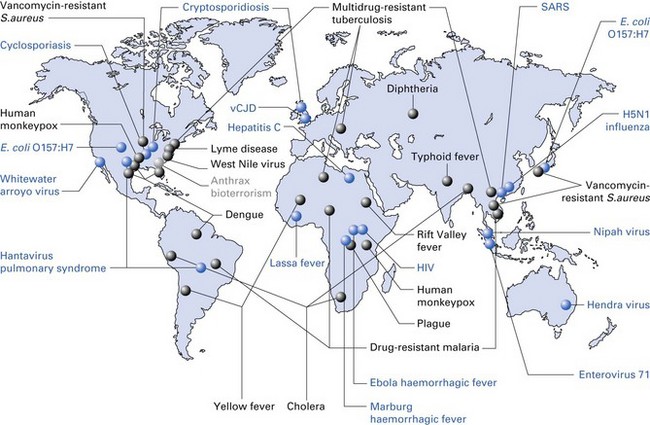Chapter 1 Introduction
A note on emerging and re-emerging infections
Infectious agents have been adversaries of humans for millennia. It has been postulated that diseases such as plague have wiped out civilizations in ancient times while humans in turn have won the battle against microbes in more recent times (e.g. eradication of smallpox). Such new diseases are given the terms emerging infections or re-emerging infections (Fig. 1.1), and they are broadly categorized as:
Stay updated, free dental videos. Join our Telegram channel

VIDEdental - Online dental courses



